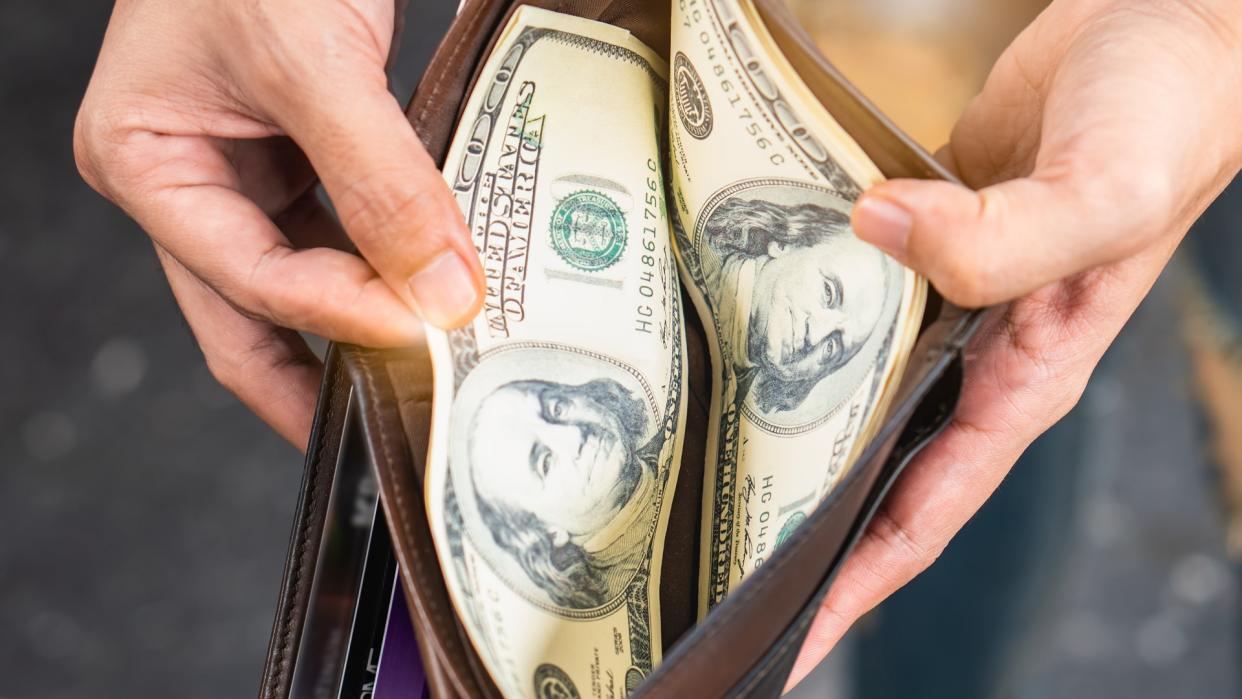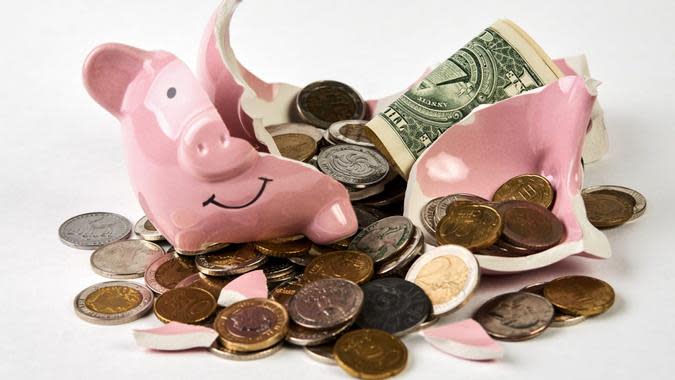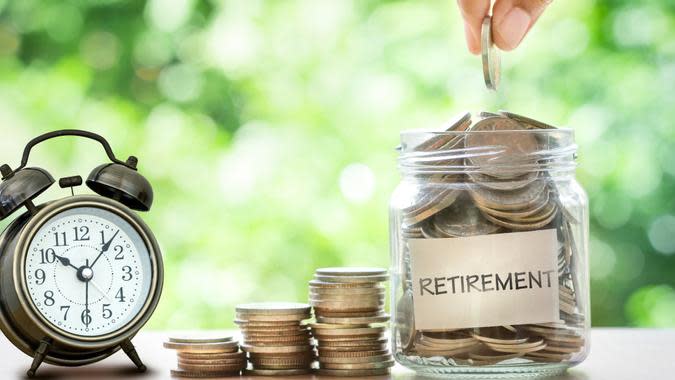Cash Quiz: Can You Answer These Questions About Saving Money?

Everyone wants to be able to save more, but it's hard to know where to start. You might know how much you should be saving, but you're not sure where to house your funds -- or vice versa.
If you're confused about savings, you're not alone. Statistics show that a lot of us could be better at saving money. The MagnifyMoney Savings Index reports that about 1 in 5 Americans do not have any money saved. And when people do have money in savings, it's usually not a huge amount. GOBankingRates conducted a survey and found that nearly 70% of Americans have less than $1,000 put away in savings, and only 5% of Americans have between $10,000-$20,000 saved.
Holiday Spending: Get Top Holiday Shopping and Savings Tips
More: 5 Things You Must Do When Your Savings Reach $50,000
Do you know how much should be in an emergency fund? Or how much you should be taking from every paycheck and setting aside in your savings account? How about how much you should be contributing to retirement accounts?
There's no exact amounts, but there are ideal ranges that you should be shooting for based on your situation. Take the GOBankingRates savings quiz to see how you stack up and how you can improve on your savings.

Question: How much should you have on hand in your emergency fund?
1 month's worth of expenses
3-6 months' worth of expenses
1 year's worth of expenses
5 year's worth of expenses
Take Our Poll: Do You Think Student Loan Debt Should Be Forgiven?

Answer: 3-6 months' worth of expenses
Experts agree that it's best to have between three and six months' worth of living expenses on hand in case of loss of employment or emergency costs. However, if you can afford to save more, that's even better!

Question: How much of each paycheck should you aim to put away in savings?
10%
20%
40%
50%

Answer: 20%
Following the 50/30/20 rule, 50% of your income should go toward necessities, 30% goes toward disposable income and 20% should go into savings.
This budgeting method may not work for you depending on your income and your cost of living. You could try the 80/20 method instead, which still dictates 20% of your income to savings, but 80% to be divided between expenses however you see fit. If you can't dedicate that much to savings, devise your own budgeting rule -- but make sure you're saving money on a consistent basis, even if it's only a small amount.

Question: How much of your income should you be saving for retirement?
5%
12%
15%-20%
30%-40%

Answer: 15%-20%
Most experts recommend taking between 15%-20% of your income and putting it in your 401(k) or Roth IRA account. Always take advantage of an employer match program. If you can afford it, max out your contributions to an employer match 401(k) so you can reap the most cash from the program. Of course, any contribution to your retirement is better than nothing.

Question: Of the following, which one should you put your money toward first?
Debt
Emergency savings
Retirement
Long-term savings goals

Answer: Debt
If you do have debt, you'll want to pay that off even before you start saving cash. The interest on debt can add up, and it's best if you eliminate that first, or save money specifically to pay off debt.

Question: Which one of these would be considered a high-yield savings account?
0.07% APY
0.01% APY
1.20% APY
4.50% APY

Answer: Both 3 and 4
The average savings APY (annual percentage yield) is 0.07%. Anything over 1% APY is considered high-yield.
If you have a large sum of money sitting in a low-yield APY account, consider opening a high-yield account and transferring the money there instead. Typically, online banks and credit unions offer higher APYs than traditional banks.

Question: What's a good strategy to save more money?
Open a high-yield savings account
Sell items online on sites like eBay and Poshmark
Cook at home
All of the above

Answer: All of the above
Opening a high-yield savings account ensures your money will grow even when you're not contributing. The money you make from selling items online can all go to fuel your savings, and cooking at home can save you hundreds each month.
Of course, there are a plethora of other ways to save, and only you can determine what works best for you. The best way to save is to have a savings plan in action and to stick to it.
More From GOBankingRates
This article originally appeared on GOBankingRates.com: Cash Quiz: Can You Answer These Questions About Saving Money?
